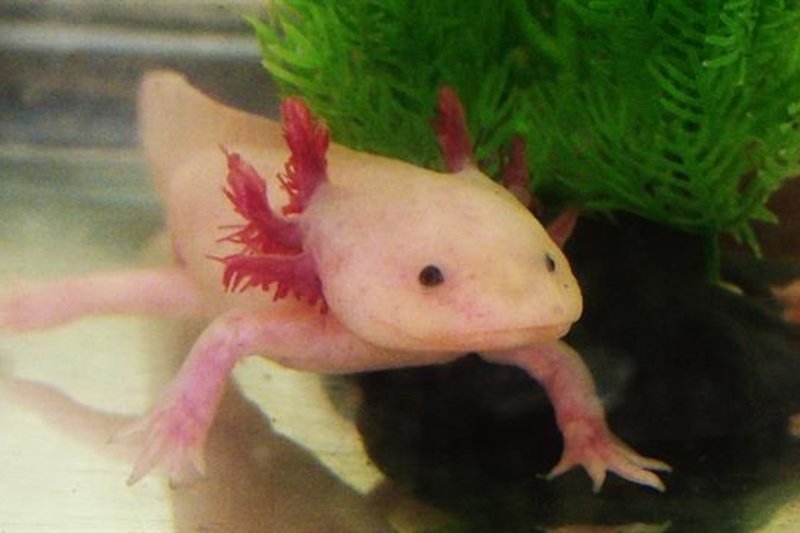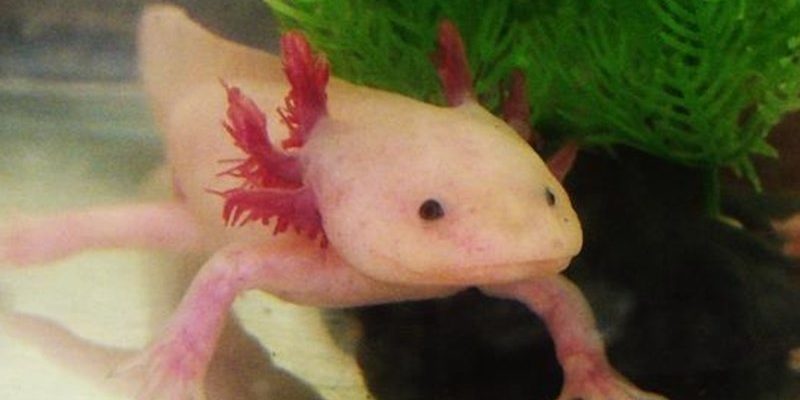
Imagine a vibrant world where these unique creatures roam freely in their natural habitat, darting through murky waters and hiding among rocks and plants. Unfortunately, that world is shrinking. Though axolotls are native to a few lakes in Mexico, their reach and existence are threatened. Let’s dive deeper into their natural habitats, why they matter, and what we can do to help protect them.
Axolotl’s Natural Habitat
Axolotls are primarily found in the lake complex of Xochimilco, located near Mexico City. This region used to be a sprawling ecosystem, rich with flora and fauna. The most famous lakes here are Xochimilco and Chalco. Historically, axolotls thrived in these waters, which provided ample food and protection due to their complex underwater structures.
Unfortunately, this idyllic setting is facing significant challenges. Urbanization and pollution have severely impacted the lakes, leading to a dramatic decline in the axolotl population. Nowadays, you might find these creatures only in isolated pockets of the lakes where conservation efforts are focused. Their natural habitat serves a critical role, not just for the axolotls, but for the entire ecosystem that relies on clean water and biodiversity.
The Decline of Axolotl Populations
You might be wondering why axolotls are so rare today. Well, they face numerous threats that have pushed their numbers to the brink. Urban expansion is a leading culprit. As cities grow, more natural habitats are destroyed, reducing the areas where axolotls can live. Additionally, pollution from agricultural runoff and sewage affects water quality, making survival harder for these sensitive creatures.
Another factor is the introduction of invasive species. Fish like tilapia have been introduced to the lakes and compete for food, leaving the axolotls with less to thrive on. This means that our cute little friends are not just fighting against environmental changes, they’re also battling other species for survival. Conservationists are now stepping in, working to restore their habitats and improve water conditions, but the struggle is ongoing.
Conservation Efforts in Mexico
When it comes to protecting axolotls, Mexico has taken some positive steps. Several organizations are dedicated to the conservation of these unique amphibians, focusing on habitat restoration and education to raise awareness. One approach has been the establishment of protected areas in Xochimilco, where water conditions are monitored, and pollution is controlled.
In addition to habitat conservation, breeding programs are also in place. These programs aim to increase the axolotl population and reintroduce them into the wild. By raising axolotls in controlled environments, scientists can ensure that they are healthy and capable of surviving once released. Education plays a vital role too; by teaching locals about the importance of axolotls, communities can engage in conservation efforts themselves.
Axolotls in Captivity
While their wild populations struggle, axolotls have become popular pets around the world. Breeders in various countries have started to raise them, and you can find them in several pet stores, often in vibrant colors like white, golden, and black. Keeping axolotls as pets is a great way to appreciate these cool creatures, but it also brings responsibility.
If you’re considering adopting an axolotl, it’s important to create a suitable environment for them. They need a spacious tank with clean, cool water, and plenty of hiding spots to mimic their natural habitat. Plus, feeding them the right diet—primarily high-protein foods—will help them thrive. Understanding their needs can make the difference between a happy pet and a struggling one.
Challenges of Reintroduction
You might think that raising axolotls in captivity could solve the problem of their declining populations, but it’s not that straightforward. Reintroduction comes with its own set of challenges. Captive-bred axolotls might not possess the necessary survival skills to thrive in the wild. For example, they might not know how to find food or evade predators.
Another issue is the risk of disease. When reintroduced into the wild, captive axolotls can introduce diseases that local populations have never encountered. This could further threaten the remaining wild axolotls. As conservation efforts ramp up, figuring out how to bridge the gap between captive breeding and successful reintroduction will be essential for saving these remarkable creatures.
Global Perspectives on Axolotls
As people around the world learn more about axolotls, their popularity continues to grow. From art to social media, these adorable animals are becoming symbols of conservation. In countries outside of Mexico, there are also efforts to raise awareness and create connections to their natural habitats.
Zoos and aquariums showcase axolotls, offering visitors insight into their lives and challenges. Educational programs help inform the public about habitat conservation and the importance of biodiversity. These global perspectives not only help protect axolotls but also inspire future generations to care about the environment and the creatures that inhabit it.
The Future of Axolotls
So, what does the future hold for our aquatic friends? While challenges remain, efforts are being made to restore their populations and habitats. With ongoing conservation projects, increased awareness, and community involvement, there is hope for the axolotl. Working together, we can ensure that these unique creatures continue to live and thrive in their natural surroundings.
In conclusion, the axolotl’s presence in the world is a gentle reminder of the delicate balance in our ecosystems. From their origins in Mexico to their adoption as pets worldwide, these extraordinary creatures represent both the beauty and fragility of nature. By learning about them, advocating for their protection, and supporting conservation efforts, we can all play a part in their story—one that we hope will continue for many years to come.

